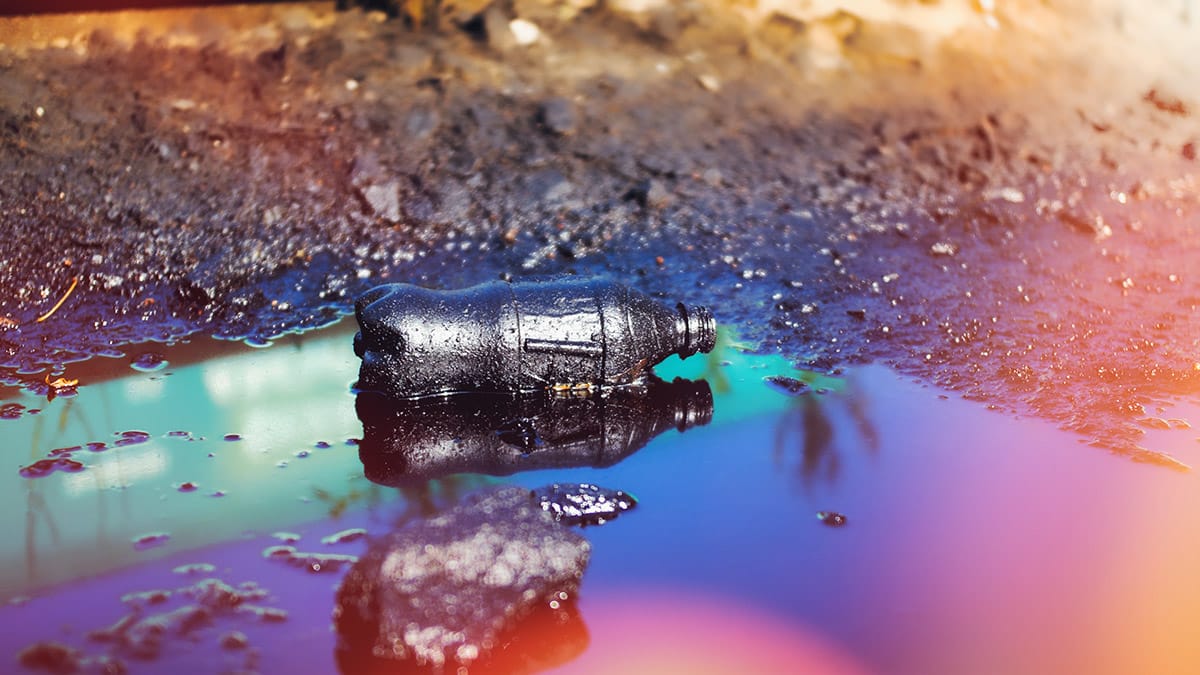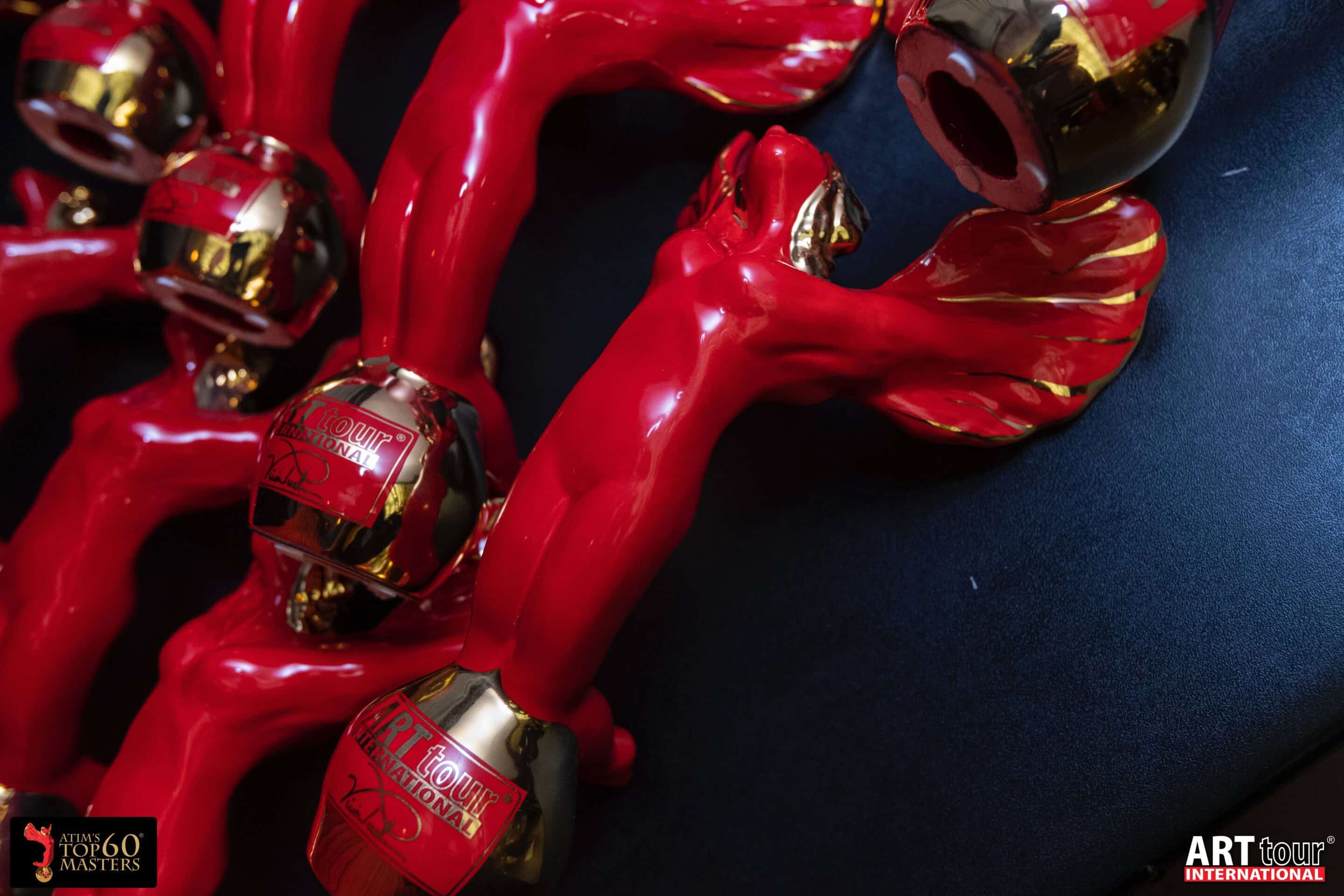Waste Management For The Busy Artist Who Loves Our Planet
by Viviana Puello
Painting, printmaking, sculpture, and ceramic studios use hazardous materials that generate chemical and other waste. Therefore, artists and art students must be aware of the hazards associated with their operations and adequately manage all the waste generated.
We’ve put together some tips to guide you and will help preserve our beloved planet.
Waste Management for Printmaking.
Printmaking operations generate chemical wastes like solvents and non-solvent-based inks, solvent-soaked rags, and towels. Below are suggestions on how to manage the majority of chemical waste generated from printmaking operations.
- Obtain a flammable steel safety can or a metal pail with a lid
- Line the safety can or pail with a trash bag.
- Apply a completed chemical waste label on the outside of the can or pail
- Add the solvent-soaked rags and towels and close the lid.
- When the container is full, seal and remove the bagged waste. Apply a completed chemical waste label to the outside of the bag.
- Place a new plastic bag into the pail or safety can.
- Place the waste ink into the original container or another sturdy Plastic container.
- Place the containers into a cardboard box.
- Apply a completed chemical waste label to the outside of the box
- Contact the appropriate authorities to remove the containers full of waste.
Waste Management for Painting.
Painting generates several chemical wastes that include waste paints and thinners, solvents, paint, thinner-soaked rags, towels, and aerosol cans. Below are suggestions on how to manage the majority of chemical waste generated.
- Apply a completed chemical waste label to the side of the container for waste thinners.
- Store the container in a secondary containment bin.
- Obtain a sturdy cardboard box for partial waste cans.
- Apply a completed chemical waste label to the side of the box.
- Place the waste cans in the box.
- Contact the appropriate authorities to remove the box full of waste.
- Obtain a steel safety that can be designated for storing flammable materials or a metal pail with a lid for paint and thinner contaminated materials.
- Line the safety can or pail with a trash bag.
- Apply a completed chemical waste label on the outside of the can or pail.
- Add the solvent-soaked rags and close the lid.
- When the container is full, seal and remove the bagged waste. Apply a completed chemical waste label to the outside of the bag.
- Place a new plastic bag into the pail or safety can.
- Obtain a sturdy cardboard box for waste aerosols.
- Apply a completed chemical waste label to the side of the box
- Empty the box when it is full.
Waste Management for Ceramics, Metal Work, and Sculpture.
Ceramics and Sculpture activities generate several chemical wastes, including waste glazes, dry ceramic material, acid, and oils. Below are suggestions on how to manage the majority of chemical waste generated.
- Place the waste glazes into the original container or another sturdy plastic container.
- Place the containers into a cardboard box.
- Apply a completed chemical waste label to the outside of the box.
- Contact the appropriate authorities to remove the containers full of waste.
- Place the waste into the original container or another sturdy plastic container for waste dry ceramic material.
- Place the containers into a cardboard box.
- Apply a completed chemical waste label to the outside of the box.
- Contact the appropriate authorities to remove the containers full of waste.
- You can use a similar method for waste oil and acids.
Waste Management for Photography.
Chemical waste generated from Photography work can include waste photography solutions and waste films. Below are suggestions on how to manage the majority of chemical waste generated.
Waste Films:
- Place the waste films into the original container or another sturdy plastic container.
- Place the containers into a cardboard box.
- Apply a completed chemical waste label to the side of the box.
- Contact the appropriate authorities to remove the containers full of waste.














